Alcobaça (20 km) lies in the valleys of the rivers Alcoa and Baça, which according to some writers gave Alcobaça its name. The city owes its fame and development to the monastery or Royal Abbey of Santa Maria, founded in 1153 by order of the Order of the Cistercians. However, construction did not begin until 1178. Built on the model of the Abbey of Clairvaux, the mother house of the Order of Cistercians in France, the Mosteiro de Alcobaça is a magnificent monument declared a World Heritage Site by UNESCO.
At the estuary of the Tagus, the Belém district (105 km), the district of the voyages of discovery, is inextricably linked to the Portuguese Golden Era. You will find the Torre de Belém and the Mosteiro dos Jerónimos Monastery, two monuments recognised as World Heritage Sites. But the Museu dos Coches (Coach Museum) and the modern Centro Cultural de Belém are also worth a visit. And don’t forget to eat a delicious “pastel de Belém”! The only real one according to the secret recipe!
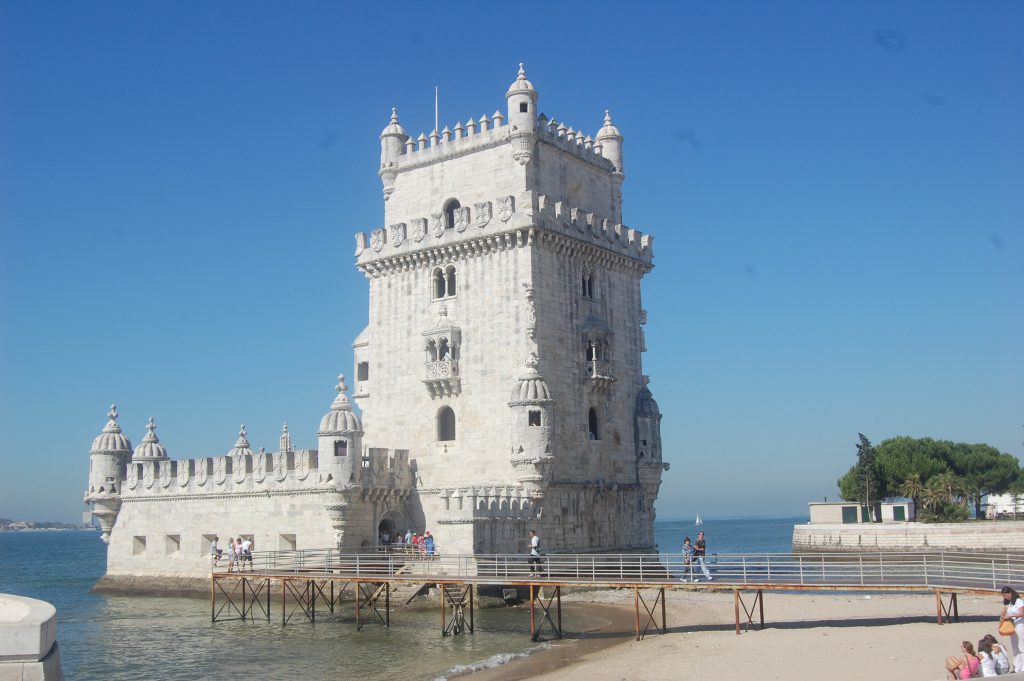
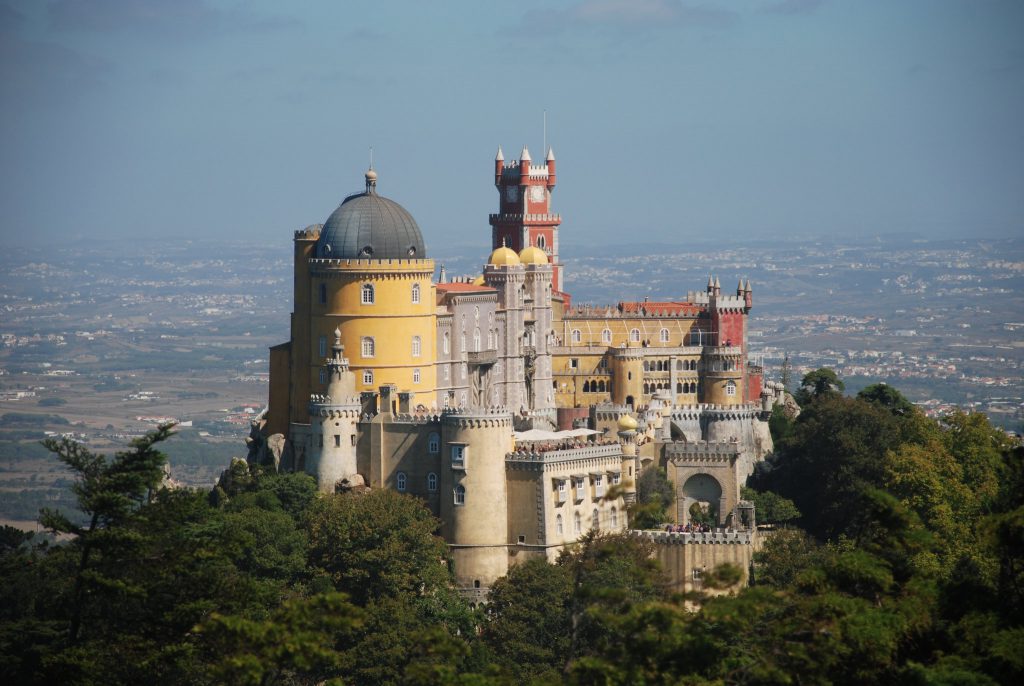
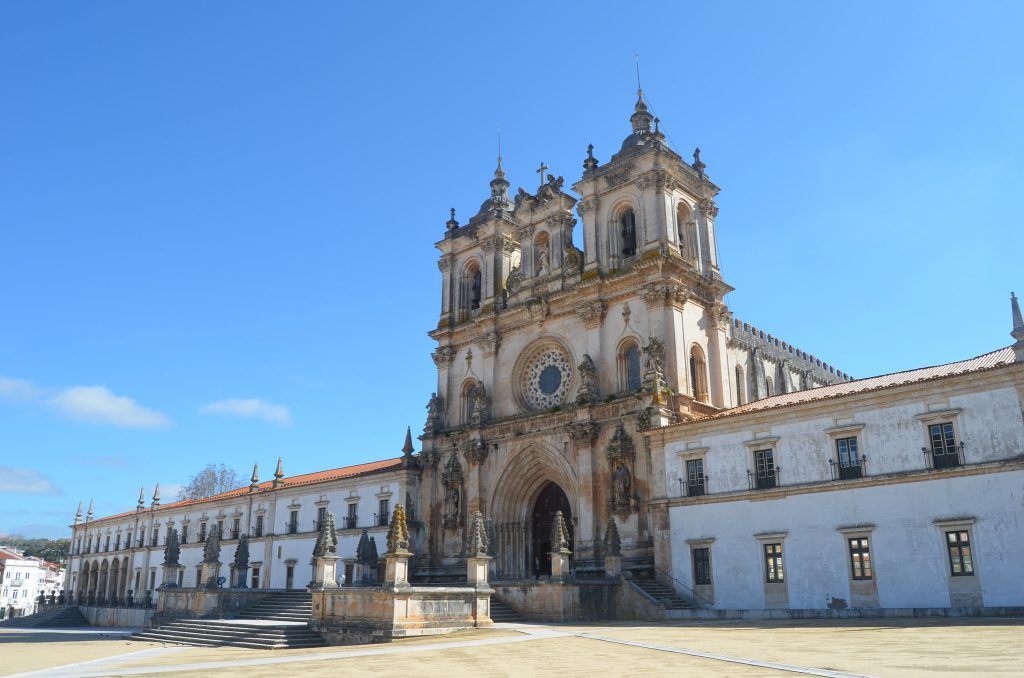
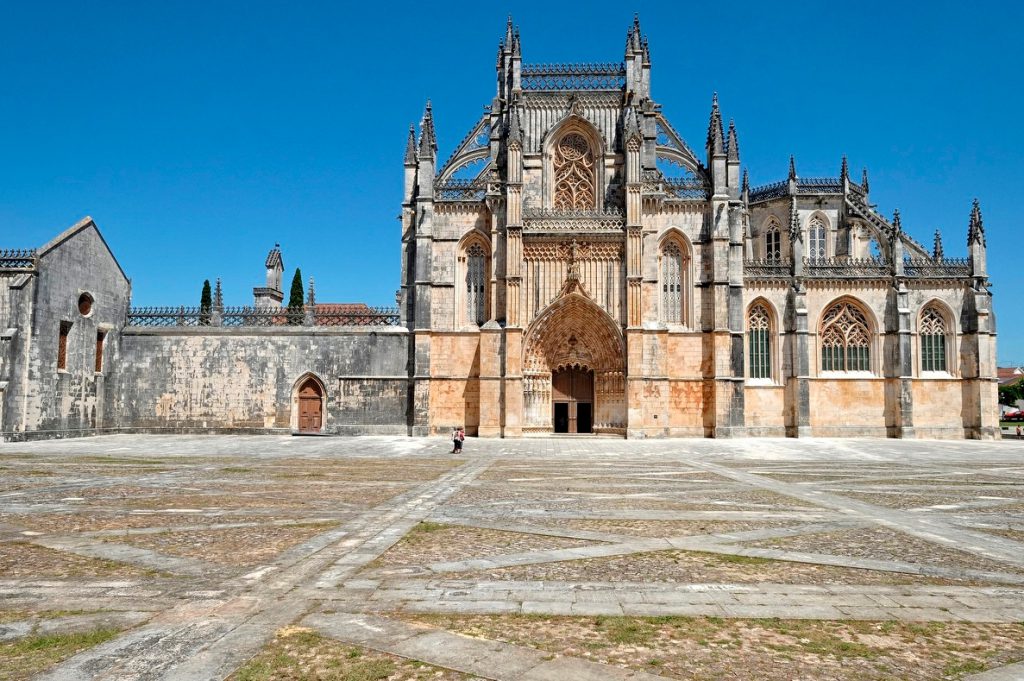
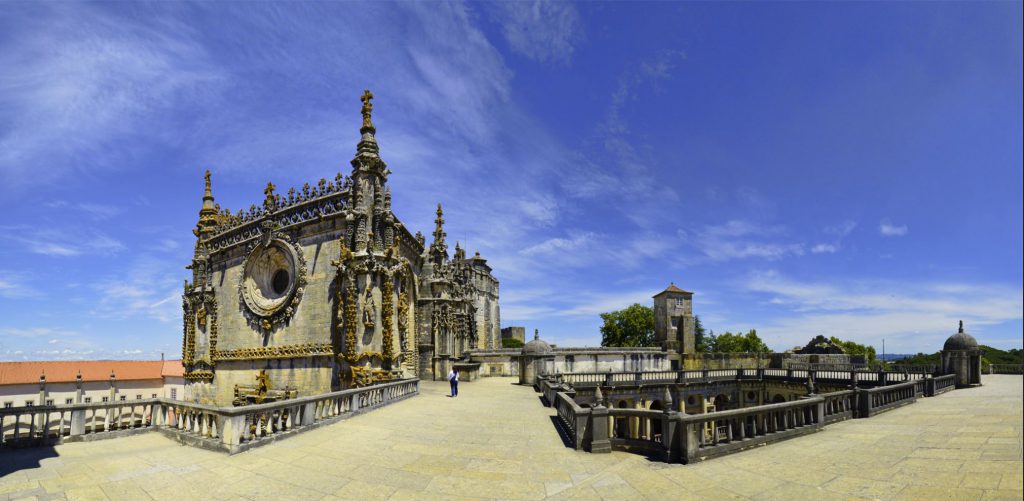

Sintra (103 km) and the Monte da Lua, is a magical, mysterious place where man and nature live in such perfect harmony that UNESCO has placed the town on the World Heritage List. On the square in the centre you will immediately discover the typical cone-shaped chimneys of the Palácio da Vila. This palace from the 14th century was the summer residence of many kings of Portugal. The Palácio and the Quinta da Regaleira are also worth a visit. If you move into the hills you will discover one of the most romantic palaces of Portugal, the Palácio da Pena. It is an imaginative reconstruction, in the style of 19th – century romance, born from the passion and imagination of the artistic King Ferdinand of Saxe-Coburg-Gotha, husband of Queen D. Maria II.
Fátima (65 km), the Sanctuary of Fátima is one of the most important places of pilgrimage for Marian worship where pilgrims from all over the world come together. Thousands of candles illuminate the square during the night mass.
Palacio Nacional de Mafra (70 km): through its splendour, the monumental architectural ensemble in Mafra (palace, monastery and basilica) testifies to the great wealth of the court of D. João V (1707-1750), the king who had it built, and is therefore the most important Portuguese Baroque monument.
Batalha (56 km – means “battle or battle”): the order in 1386 to build the monastery, to thank the Virgin Mary, came after the victory of the Portuguese over the Castillians in the battle of Aljubarrota. It became a Dominican monastery, the construction of which took about 200 years. It is one of the most beautiful late Gothic buildings with Manueline influences of Portugal.



